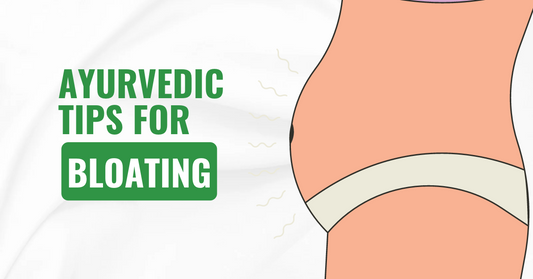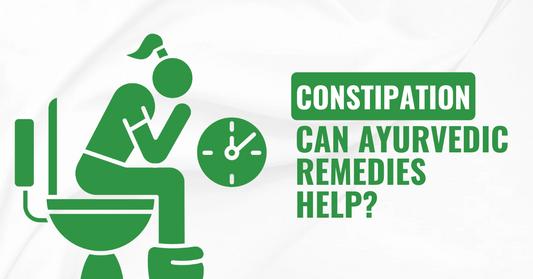Saptadhatus: 7 essential body tissues according to Ayurveda
Share
Dhatus are the structural and supportive units in the human body. Each dhatu functions together and keeps the body supple. One should follow a proper diet chart under guided supervision to help the proper functioning of the dhatus or tissues.
According to Ayurveda, our bodies are made up of seven tissues. In Sanskrit, "Saptadhatus" mean "seven tissues." The functioning of these tissues helps keep our bodies balanced, and these tissues also provide our bodies with the necessary nourishments and protect our immune system. This blog will provide you with a brief overview of the saptadhatus, as per Ayurveda.
7 essential body tissues or Saptadhatus
The seven essential body tissues or Saptadhatus play a crucial role in the human body. Let us learn about them and the complications their deficiency can cause.
Rasa (Plasma)
Rasa is the first tissue or dhatu that consists of all the essential nutrients in minerals for the body. From digested foods, our bodies get these essential nutrients and minerals. These nutrients help to repair and rejuvenate all the other tissues and organs in our bodies. This dhatu is present in the stomach, intestine, heart, blood vessels, lymph nodes, and skin. The deficiency of this dhatu leads to hardness, dry skin, and dullness. It also leads to the person becoming lean, tired, and intolerant to loud noise. Excess of this dhatu leads to loss of appetite, excess salivation, and nausea.
Rakta (Blood)
Rakta helps transport oxygen and essential nutrients like hemoglobin throughout the organs in our body, and blood flow in our body keeps all our cells and tissues active. It also takes care of skin complexion, and this deficiency causes pale and dusty gray skin. It also leads to constipation, reduced urination as well as excessive sweating. Excess of it causes increased body heat, excess bowel movements, and frequent urination.
Mamsa (Muscle)
Mamsa helps to cover and protect our body's essential and delicate organs. It also helps in the smooth function of our bones and joints. On an overall basis, it provides our bodies with physical strength and resistance. It also builds good muscle tissues. Its deficiency leads to sense organs debility and emaciation of cheeks and buttocks. Excess of it causes enlarged lymph nodes, increased size of cheeks and abdomen.
Meda (Adipose Tissue)
Meda maintains lubrication in all the other tissues in our bodies. It also softens hair and skin. This tissue or fat also helps to protect the bones by forming a protective layer around them. Its depletion causes an enlarged spleen and difficulty in joint movement. It also leads to the desire to consume fatty foods. Excess of it causes increased fat in the abdomen and shortness of breath.
Asthi (Bones and Cartilage)
Asthi provides our body with structure and support, and it also provides the body with stability. Depleting causes pricking pain in bones and weaker teeth, hair, and nails, and excess of it leads to extra growth of bones and teeth.
Majja (Bone Marrow)
Majja fills up the gaps inside the bone and provides nutritional elements. It also helps to keep a clear mind and good memory. Deficiency of leads to weak bones, joint pain, and vertigo. Excess of this dhatu leads to heaviness in the eyes.
Shukra (Reproductive Tissues)
Shukra generates reproduction. It is present as sperms in males and as ova in females. Deficiency of it leads to delayed ejaculation, bloody ejaculation, and testicle pain. It also leads to body weakness and thirst. Excess of this dhatu leads to the desire for excess coitus and forms stones in the scrotum.
To avoid the deficiency and extremity of these tissues or dhatus, one needs to follow a proper diet chart. It will create a balance in the body and generate smooth functioning of the body systems. You should follow a diet chart under the guidance of your healthcare provider or an experienced dietician.



